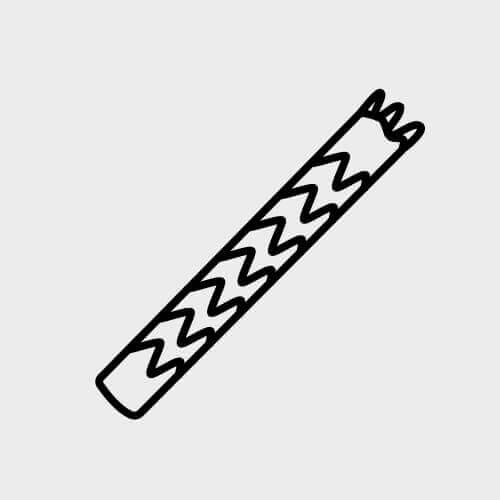
Medical management
All patients with an aortic dissection will receive medications that help control heart rate and blood pressure.

Open surgical repair
Surgery can be performed to repair the section of the aorta that is dissected. To reach the dissection, a physician makes a cut through the breastbone or the side of the chest and repairs the aorta by replacing the dissected section with a flexible fabric tube, called a graft. The graft is sewn into place and acts as a replacement blood vessel. While placing the graft, the doctor stops blood from flowing through the aorta.

Endovascular repair
Endovascular repair is an alternative to open surgical repair. Instead of making a large cut in the chest, the doctor makes a small cut near the hip to access the femoral arteries, a large blood vessel in your thigh. Through these small cuts, an endovascular stent graft is inserted into the femoral artery through a delivery catheter, which allows it to travel to the aorta. Once it has been positioned in the aorta, the stent graft seals off the area where the tear begins and makes a new path for the blood to flow through. Below the endovascular stent graft, an endovascular stent— a self-expanding metal stent that is not covered in fabric— may be placed to gently reinforce the aorta and support the layers of the aortic wall. The stent graft and stent remain inside the aorta permanently.
Important note: Open surgical repair and endovascular repair are not options for every patient. Both types of repair have pros and cons. The best repair will depend on your condition and needs. Talk about the pros and cons with your doctor.